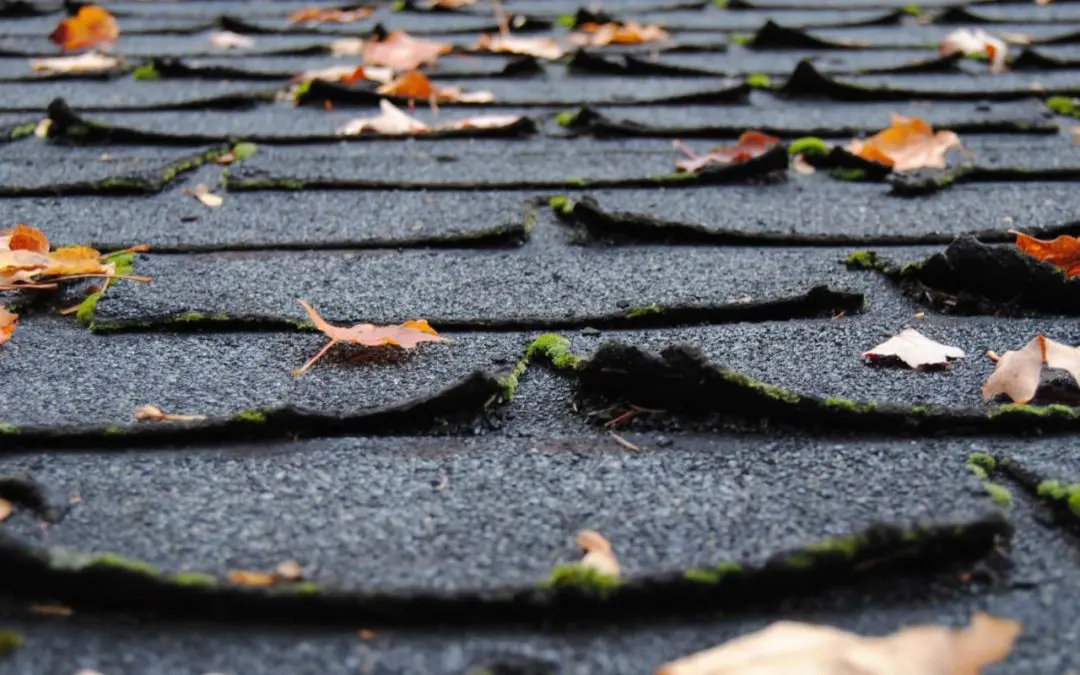Inspect Your Roof Regularly During Roof Maintenance
Routine inspections are vital for early detection of potential issues. Conduct visual inspections from the ground or use binoculars to check for missing or damaged shingles, cracks, and debris. If you’re comfortable doing so, you can also inspect your roof from the attic, looking for signs of leaks or water damage. Performing these checks at least twice a year, particularly in the spring and fall, will help you catch problems before they become serious.
Keep Gutters and Downspouts Clean
Clogged gutters and downspouts can lead to water backup and overflow, which can cause damage to your roof and even your home’s foundation. Regularly clean your gutters and downspouts to ensure that water flows freely. During heavy rainfall, monitor how water drains from your roof and address any issues promptly.
Trim Overhanging Branches
Branches that hang over your roof can scrape and damage roofing materials and provide easy access for pests like squirrels. Trim back any overhanging branches to prevent them from coming into contact with your roof. This simple task can prevent physical damage and reduce the risk of debris accumulation.
Check for and Repair Damage Promptly During Roof Maintenance
Addressing minor damage as soon as it’s detected can prevent more significant issues. Whether it’s a cracked shingle, a loose flashing, or a small leak, repairing these problems promptly will help maintain the integrity of your roof. If you’re uncomfortable making repairs yourself, consider hiring a professional to ensure the job is done correctly.
Ensure Proper Ventilation
Good ventilation is essential for maintaining your roof’s health. Proper ventilation helps regulate the temperature and moisture levels in your attic, preventing the buildup of heat and humidity that can cause damage to roofing materials and contribute to mold growth. Make sure your attic has adequate ventilation to support a healthy roofing system.
Remove Debris Regularly
Leaves, branches, and other debris can accumulate on your roof, leading to potential issues like mold growth or water damage. Regularly remove debris to keep your roof in good condition. This task is particularly important after storms or heavy winds, which can deposit additional debris on your roof.
Address Moss and Algae Growth
Moss and algae growth can damage roofing materials by retaining moisture and causing deterioration. If you notice moss or algae on your roof, it’s essential to address it promptly. Various cleaning solutions are available that can help remove these growths without damaging your roof. For extensive problems, consider hiring a professional to clean your roof safely.
Inspect Flashing and Seals
Flashing is used around roof penetrations, such as chimneys and vents, to prevent leaks. Over time, flashing and seals can deteriorate, leading to potential leaks. Regularly inspect these areas to ensure they are in good condition and replace any damaged flashing or seals as needed.
Consider Professional Roof Maintenance
While homeowners can handle many roof maintenance tasks, hiring a professional for a comprehensive inspection and maintenance service is often beneficial. Professional roofers have the experience and tools to identify and address issues that may not be visible to the untrained eye.
Maintaining your roof requires attention to detail and regular upkeep, but these efforts are well worth it for the long-term health of your home. By following these tips, you can ensure that your roof remains in excellent condition and continues to protect your home effectively.
FAQ
How often should I inspect my roof?
Inspect your roof at least twice a year, ideally in the spring and fall and after severe weather events.
What should I look for during a roof inspection?
Look for missing or damaged shingles, cracks, debris, and signs of leaks or water damage. If possible, check both from the ground and in the attic.
How can I clean my gutters?
Remove debris by hand or with a scoop, and use a hose to flush out remaining dirt and leaves. Ensure that water flows freely through the downspouts.
Why is roof ventilation important?
Proper ventilation helps regulate temperature and moisture levels in your attic, preventing damage to roofing materials and reducing the risk of mold growth.
Can I remove moss and algae myself?
Yes, you can use specialized cleaning solutions to remove moss and algae. For extensive issues, it may be best to hire a professional.
M&T Inspection Services provides home inspection services to Indianapolis. Contact us to schedule an appointment.

